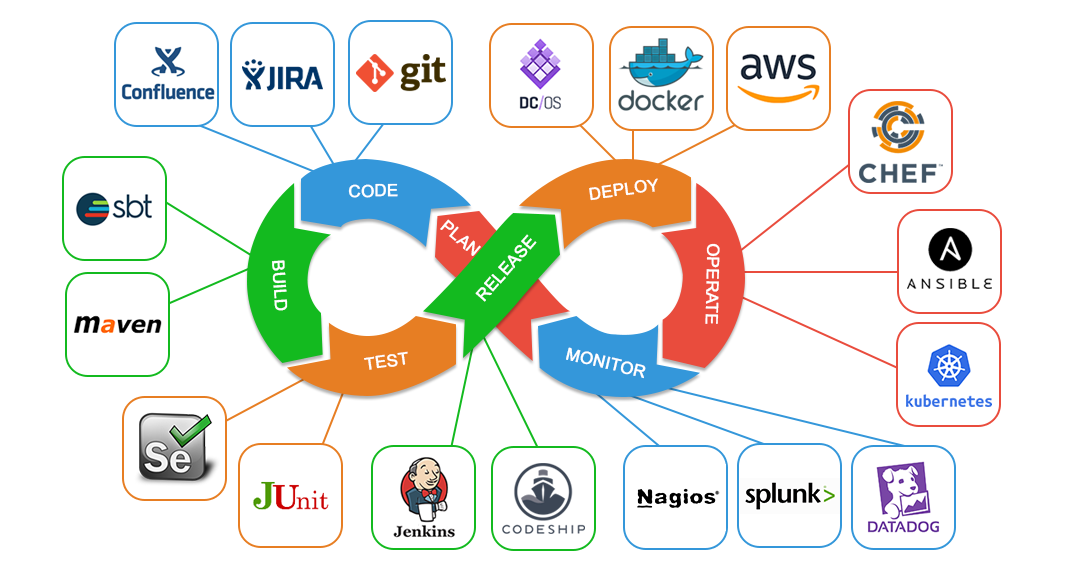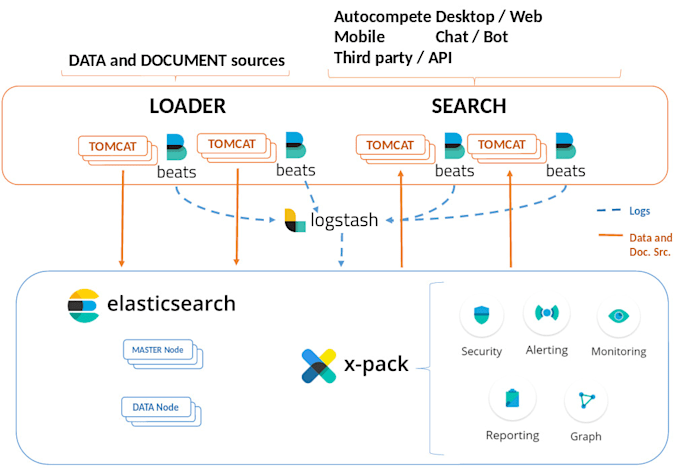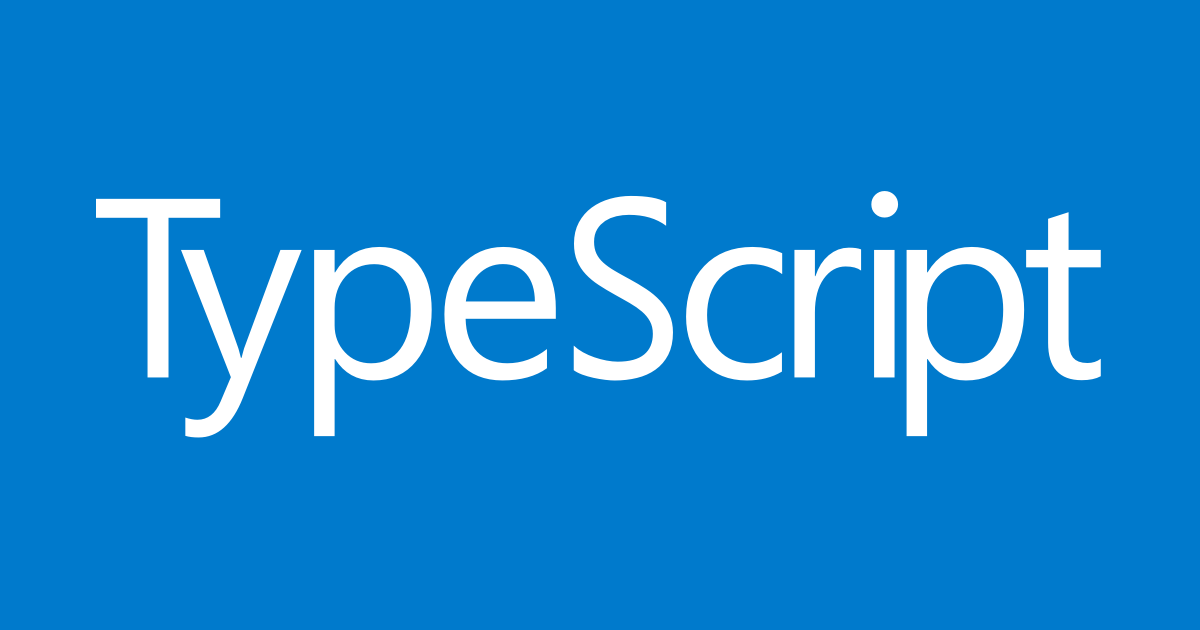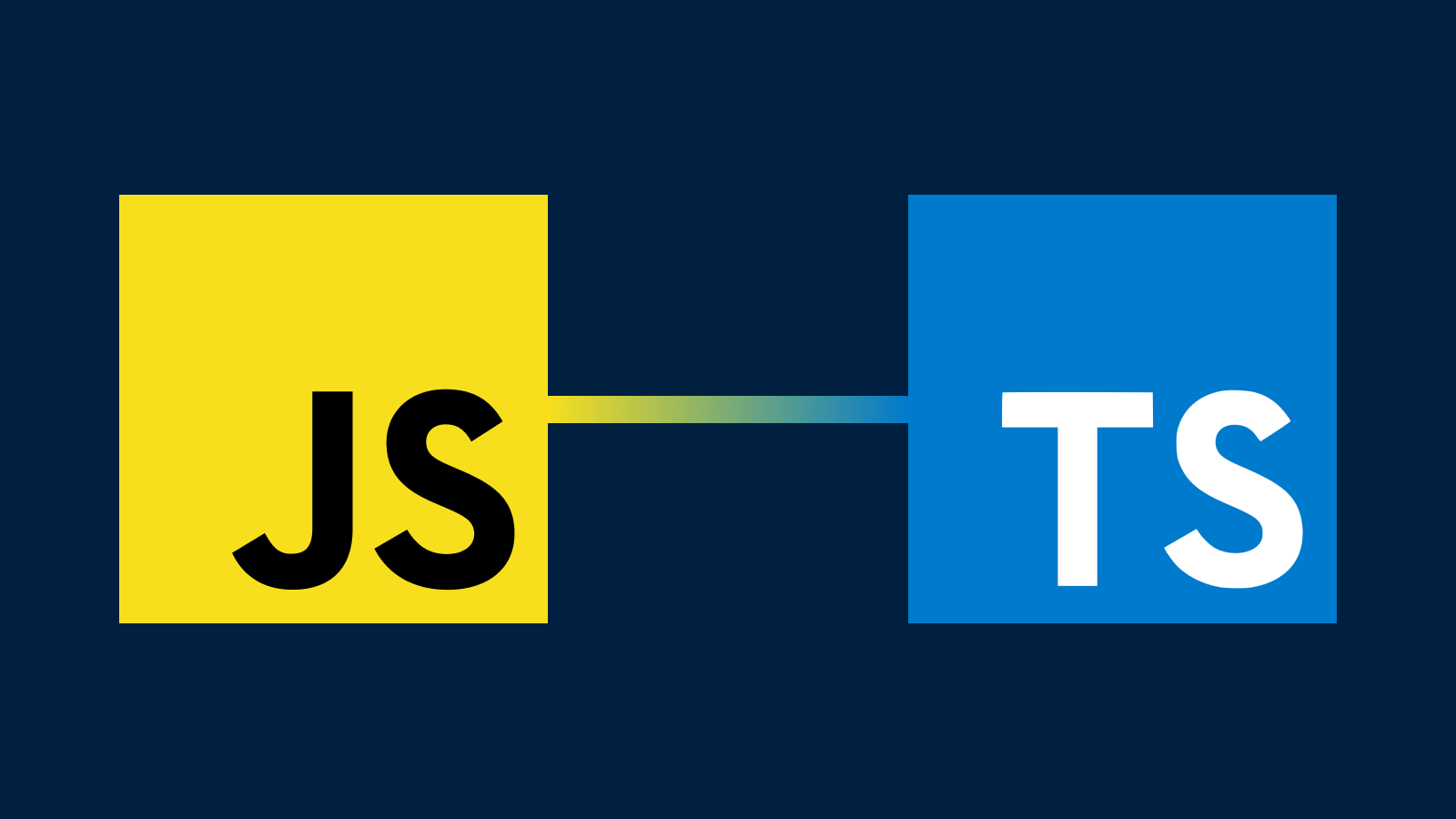| List | Status | Time |
|---|---|---|
DevOps |
Done |
30m |
Ansible |
Done |
30m |
Docker |
Done |
40m |
Kubernetes |
Inprogress |
--- |
GraphQL RestFull |
Done |
30m |
gRPC |
Done |
35m |
TypeScript |
Done |
35m |
Flow A Static Type Checker for JavaScript |
Done |
40m |
Computer Network. OSI and TCP/IP Model |
Done |
55m part 1 |
Computer Network Common Network Protocols |
Inprogress |
--- part 2 |
Information Systems Security |
Done |
75m |
Message broker |
Inprogress |
--- |
Elasticsearch, Logstash, Kibana, Filebeat |
Done |
50m |
Node.js® |
Done |
65m |
Deno |
Done |
35m |
Way to Computer Programming |
Done |
40m |
Architecture |
Inprogress |
--- |
Nest.js |
Inprogress |
--- |
CI/CD Pipleline |
Inprogress |
--- |
| Ցուցակ | Կարգավիճակ | Ժամանակ | Նկարագրություն |
|---|---|---|---|
Կարմիր մոլորակ |
Կատարված |
40m | |
Quantum Dot |
Կատարված |
60m | |
Scanning probe microscopy |
Կատարված |
25m | |
0D ծավալային նանոկառուցվածքներ |
Կատարված |
25m | |
ISECG |
Կատարված |
45m 3 parts |
The International Space Exploration Coordination Group |
DevOps is a set of practices that combines software development (Dev) and information-technology operations (Ops) which aims to shorten the systems development life cycle and provide continuous delivery with high software quality
| Dev | Ops |
|---|---|
 |
 |
This stories tries to cover a quick approach for getting started with Nginx logs analysis using ELK stack, Its will provide a developer as starting point of reference for using ELK stack. It doesn't cover the details of working of these individual components. Also I’ll try to cover certain key aspects which I found missing in the other earlier written getting started docs for same purpose.
| Elasticsearch | ELK Layer |
|---|---|
 |
 |
- Elasticsearch is already setup and working(on port 9200).
- Kibana is already setup and working(on port 5601).Ansible is a radically simple IT automation engine that automates cloud provisioning, configuration management, application deployment, intra-service orchestration, and many other IT needs.
Designed for multi-tier deployments since day one, Ansible models your IT infrastructure by describing how all of your systems inter-relate, rather than just managing one system at a time.
It uses no agents and no additional custom security infrastructure, so it's easy to deploy - and most importantly, it uses a very simple language (YAML, in the form of Ansible Playbooks) that allow you to describe your automation jobs in a way that approaches plain English.
On this page, we'll give you a really quick overview so you can see things in context. For more detail, hop over to docs.ansible.com.
Docker is a set of platform as a service (PaaS) products that uses OS-level virtualization to deliver software in packages called containers. Containers are isolated from one another and bundle their own software, libraries and configuration files; they can communicate with each other through well-defined channels. All containers are run by a single operating system kernel and therefore use fewer resources than virtual machines.
Node.js is an open-source, cross-platform, JavaScript runtime environment that executes JavaScript code outside a web browser. Node.js lets developers use JavaScript to write command line tools and for server-side scripting—running scripts server-side to produce dynamic web page content before the page is sent to the user's web browser
Deno is a simple, modern and secure runtime for JavaScript and TypeScript that uses V8 and is built in Rust.
| GraphQL | Rest |
|---|---|
 |
 |
| gRPC | Protobuf |
|---|---|
 |
 |
| ISS | Information Systems Security |
|---|---|
 |
 |
| TypeScript | TS |
|---|---|
 |
 |
Flow is a static type checker for your JavaScript code. It is developed at Facebook and is often used with React. It lets you annotate the variables, functions, and React components with a special type syntax, and catch mistakes early. You can read an introduction to Flow to learn its basics.
The Open Systems Interconnection model (OSI model) is a conceptual model that characterizes and standardizes the communication functions of a telecommunication or computing system without regard to its underlying internal structure and technology. Its goal is the interoperability of diverse communication systems with standard communication protocols. The model partitions a communication system into abstraction layers. The original version of the model had seven layers.
A layer serves the layer above it and is served by the layer below it. For example, a layer that provides error-free communications across a network provides the path needed by applications above it, while it calls the next lower layer to send and receive packets that constitute the contents of that path. Two instances at the same layer are visualized as connected by a horizontal connection in that layer.
The model is a product of the Open Systems Interconnection project at the International Organization for Standardization (ISO).
The Internet protocol suite is the conceptual model and set of communications protocols used in the Internet and similar computer networks. It is commonly known as TCP/IP because the foundational protocols in the suite are the Transmission Control Protocol (TCP) and the Internet Protocol (IP). It is occasionally known as the Department of Defense (DoD) model because the development of the networking method was funded by the United States Department of Defense through DARPA.
The Internet protocol suite provides end-to-end data communication specifying how data should be packetized, addressed, transmitted, routed, and received. This functionality is organized into four abstraction layers, which classify all related protocols according to the scope of networking involved.From lowest to highest, the layers are the link layer, containing communication methods for data that remains within a single network segment (link); the internet layer, providing internetworking between independent networks; the transport layer, handling host-to-host communication; and the application layer, providing process-to-process data exchange for applications.
The technical standards underlying the Internet protocol suite and its constituent protocols are maintained by the Internet Engineering Task Force (IETF). The Internet protocol suite predates the OSI model, a more comprehensive reference framework for general networking systems.






